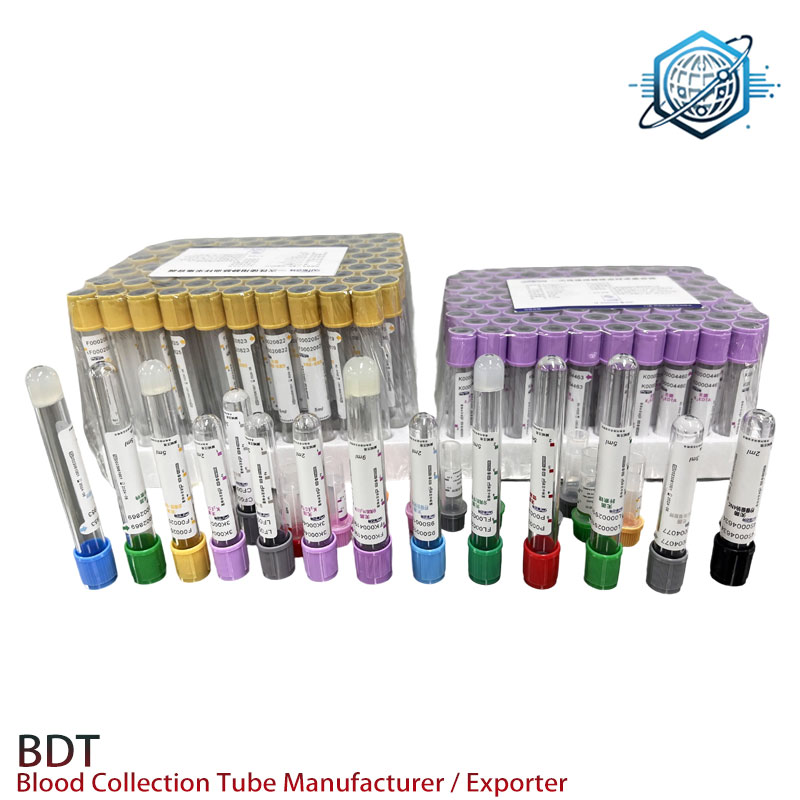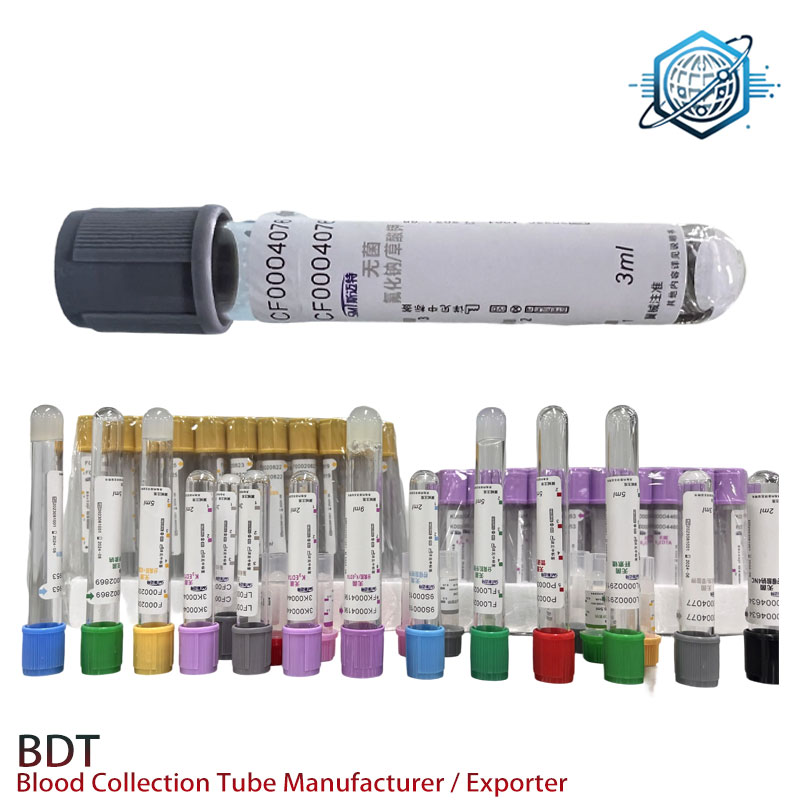Jul . 24, 2025 09:01 Back to list
Capillary Collection Tubes for Accurate Blood Sampling and Testing
Visit Official Site
Email: bdttonyjiao@hotmail.com
Phone: +8615081115902
Address: 9-1-701 TonfuTown, Shijiazhuang City, Hebei Province, China



In the fast-evolving landscape of blood diagnostics, capillary collection methods, notably using capillary collection tubes and capillary test tubes, are gaining prominence due to minimal invasiveness and suitability for pediatric, geriatric, and point-of-care settings. This comprehensive article examines current trends, detailed technical parameters, key application scenarios, and the leading role of Shijiazhuang BDT Heating Pad Co.,Ltd. as a global exhibitor and provider in the field.
1. Industry Trends: Growth of Capillary Collection
The global capillary collection market is experiencing robust growth, attributed to an upsurge in point-of-care testing (POCT), increasing awareness of minimally invasive diagnostics, and the spread of telemedicine. According to recent insights from the AACC Clinical Laboratory News, capillary sampling is set to rise by 8.9% CAGR through 2027 (source). Key drivers include:
- Rapid diagnostic processes without the need for venous phlebotomy skills.
- Increased adoption for newborns, young children, and elderly populations.
- Integration with portable analyzers and smartphone-connected diagnostics.
- Stricter standards and regulatory frameworks (ISO:15189, CLSI GP42) elevating quality and reliability.
Capillary collection is revolutionizing remote healthcare, enabling patient self-testing and decentralized sample management, as endorsed by research in the Journal of Clinical Diagnostics.
2. Technical Parameter Table: Capillary Collection
| Parameter | Typical Value / Spec | Industry Standard | Note |
|---|---|---|---|
| Material | Borosilicate glass / Medical-grade PP | ISO 6710:1995 | Glass for clarity, PP for shatter resistance |
| Inner Diameter | 0.5 - 1.2 mm | CLSI GP42 | Ensures consistent blood uptake |
| Length | 70 mm (standard) / 40mm (short) | Customized by application | Fits into microtainers/microtubes |
| Max. Volume | 20 – 200 µL | ISO 15189 | Critical for pediatric sampling |
| Additives | EDTA, Lithium Heparin, Serum | Varies by test | Anti-coagulation properties |
| Sterility | Gamma/E-beam | ISO 11137 | Prevents contamination |
| Labeling | Barcoded/Color-coded cap | Customizable | Traceability and error reduction |
3. ECharts Visualization: Capillary Collection Technical Parameter Trend
4. Product Information: Capillary Tube - Capillary Blood Collection Tube
Supplier: Shijiazhuang BDT Heating Pad Co.,Ltd.
Global Trade Show Exhibitor: On-Site Support in North America/Europe
Product Link: Capillary Collection
- High-purity borosilicate/medical-grade PP: Optimal biocompatibility
- Sterile, individually packed; available with or without anti-coagulant
- Compatible with major POCT analyzers and laboratory automation
- Rigid quality & batch tracking; meets ISO and CLSI requirements
- Clear graduation and/or color-coded caps for sample accuracy
4.1 Key Technical Indices
5. Application Scenarios
- Neonatal and Pediatric Sampling: Capillary collection tubes are the mainstay for infants and small children, recommended by the Pediatric Journal of Laboratory Medicine.
- Point-of-Care Testing (POCT): Rapid sample collection at clinics, emergency settings, or remote sites.
- Remote & Home Diagnostics: Telehealth and decentralized laboratory models enable patient self-sampling and chronic disease management.
- Geriatric & Bedside Sampling: Elderly or immobilized patient scenarios lacking easy venous access.
- Veterinary Testing: Small animal diagnostic labs favor collection of capillary blood for routine panels.
- Research and Clinical Trials: Longitudinal and multicenter studies requiring standardized microsampling.
6. Professional FAQ: Capillary Collection Tubes
A1: Medical-grade borosilicate glass and polypropylene (PP) are standard for their inertness, visibility, and biocompatibility. Glass ensures minimal analyte adsorption; PP provides unbreakable options.
A2: Most capillary collection tubes are available in 20 µL to 200 µL capacities. Custom designs for greater/lower volumes are available based on instrument and patient needs.
A3: Gamma or electron-beam irradiation is used to meet ISO 11137 sterile requirements, ensuring tubes are suitable for direct blood collection.
A4: EDTA - Lavender cap; Lithium Heparin - Green; Serum/plain - Red or Transparent. These codes help avoid medical errors in processing.
A5: Tubes must comply with CLSI GP42 and ISO 6710 for dimensions, sterility, and performance.
A6: Barcoding and batch-labeling tubes enable electronic tracking, meeting GDPR/HIPAA compliance and clinical audit requirements.
A7: Yes. Provided sterility and absence of interfering additives, they qualify for PCR, genomics, and other molecular test platforms (per J Clin Diagn Res).
7. Capillary Collection: The SEO & Digital Health Perspective
With medical technology’s digital shift, capillary collection is a trending search term not only among clinical professionals but among remote health consumers and researchers. According to data from Google Trends, global online interest in capillary collection and capillary test tube has steadily risen by 17% YoY, reflecting increased market demand.
Shijiazhuang BDT Heating Pad Co.,Ltd. capitalizes on this trend, combining advanced production, strict regulatory compliance, and a global supply chain, supporting North America and Europe with on-site expertise.
For inquiries on partnership, OEM/ODM, or regulatory support for capillary collection tubes, please contact our team:
Email: bdttonyjiao@hotmail.com |
Phone: +8615081115902
References & Further Reading:
[1] AACC Clinical Laboratory News: The Future of Blood Collection: Capillary Innovations
[2] Journal of Clinical Diagnostics: Capillary Sampling in Modern Clinical Diagnostics
[3] Pediatric Journal of Laboratory Medicine: Pediatric Capillary Blood Collection: Guidelines for Practice
[4] CLSI GP42 Standard: Procedures And Devices For The Collection Of Diagnostic Capillary Blood Specimens
[5] ISO 6710: Single-use container111s for human venous blood specimen collection
[6] Google Trends: “Capillary Collection” Search Trends
-
High-Quality Lithium Heparin Tube for Accurate Blood Collection
NewsJul.25,2025 -
High-Quality Sodium EDTA Tube for Accurate Blood Collection
NewsJul.23,2025 -
High-Quality Serum Separator with Clot Activator for Accurate Testing
NewsJul.22,2025 -
Affordable K3 EDTA Tube Price | Blood Collection Tubes
NewsJul.22,2025 -
Clot Activator Blood Tubes: Fast Serum Preparation
NewsJul.21,2025














